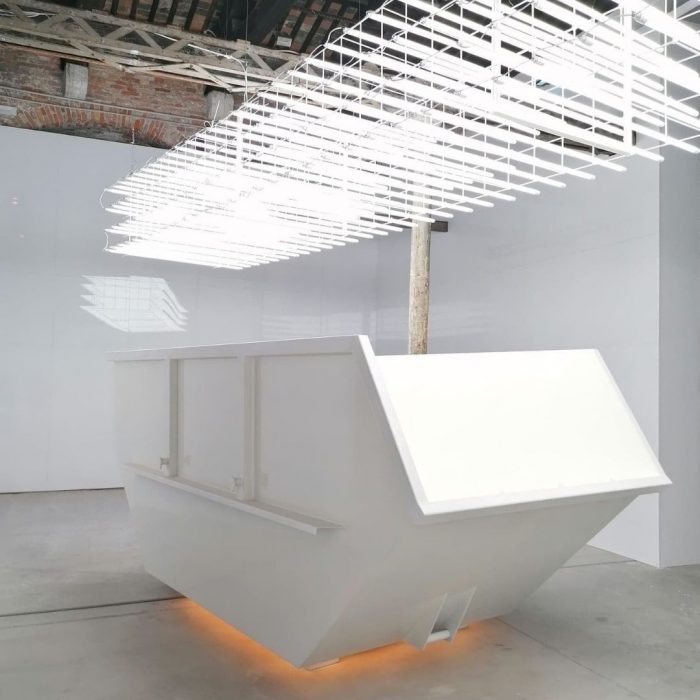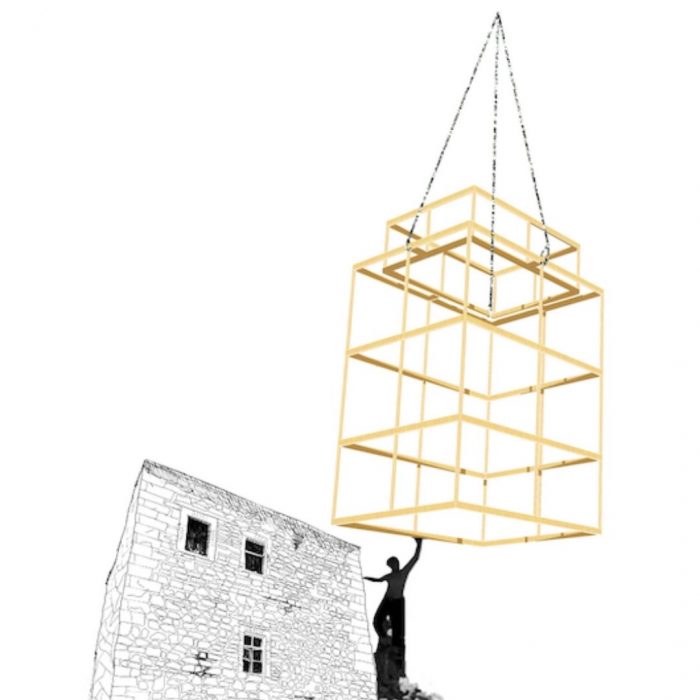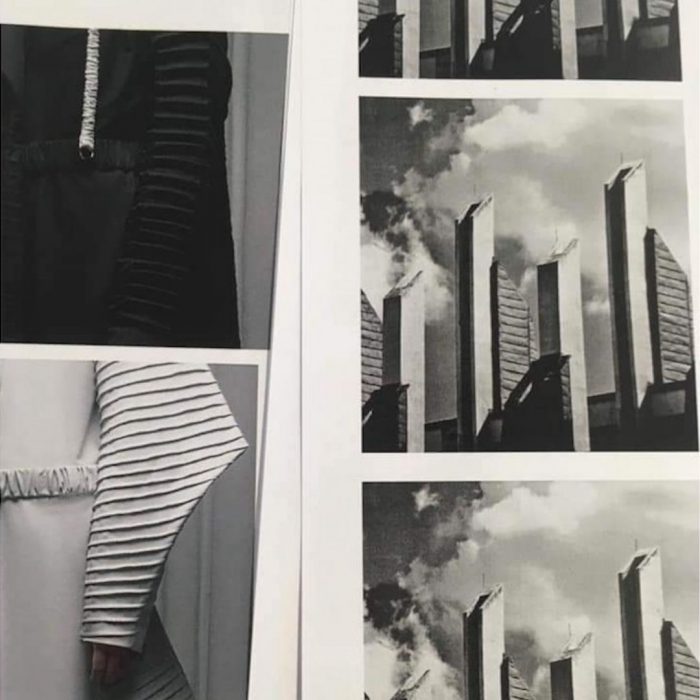
- Permbajtja
- prev
- next
- prev
- next
Kosovo pavilion at 2021 Venice Biennale, Containporary
by Arnisa Kryeziu
The topic of the Venice Architecture Biennale 2021 is self-explanatory in the title ‘How will we live together?’. In the form of an open question, it addresses architects and their emerging activism to create spaces where we can live together as individuals but responsible as community, living in more diverse and dignified spaces, embracing equality, inclusion and identity in a planet facing political division and global crisis, a problem requesting a holistic solution to continue the life in this planet.

The topic seems to have become even more relevant due to the recent global pandemics the earth faced last year, forcing humanity to isolation. These imposed challenges of co-living gave us time to rethink the quality of inhabitation spaces and seek for ones that are universal and inclusive, where species co-exist and thrive in their plurality. To quote the curator of this year’s Biennale, Hashim Sarkis, “…It may indeed be a coincidence that the theme was proposed a few months before the pandemic. However, many of the reasons that initially led us to ask this question - the intensifying climate crisis, massive population displacements, political instabilities around the world, and growing racial, social, and economic inequalities, among others - have led us to this pandemic and have become even more relevant”.
This year’s Kosovo pavilion at 2021 Venice Biennale, Containporary, was curated by artist and architect Maksut Vezgishi. Syncing with the topic of the Biennale, the curatorial team of the Pavilion of Kosovo raised their concern of the approach of all the actors – stakeholders with different interests in the “megastructure building scene”, who do not use cleverly the existing sources leading to a very irrational planning and environmental neglect. The team’s statement stubbornly demands to close this chapter and lead the way to rather innovative approaches while opening the path to sustainable structures that protect the environment. “Lack of sustainable planning places the Earth at risk. The most acute issue is the global warming crisis. We lack awareness and coordinated actions to avoid the effects of climate disaster. Today, no human action can be seen as 'individual' anymore…” - curatorial team.
The subject of the project Containporary is a metal container which for years has been the urban image and silhouette of the cities around Kosovo. At the first glance, the container can be seen as an image of Kosovo’s failure towards environmental preservation and sustainability. As the problem stands globally and locally, the Earth is being treated like a massive container of trash in disregard of the ecosystem balances. “Kosovo has for decades been a country that was “developed” and degraded by dirty technology.”, states the curatorial team.
When not seen as a subject and/or an object, around this container remains open a landscape of affordances, buildings constructed to be timeless. Left blank and empty by the curator team, the CONTAINER represents endless “…NEW POSSIBILITIES of use, spaces for experimentation, socialization, reflection, activism, hope, new ideas, fantasies, and purposes...TERRA EST STELLA”.

One of many “items to fit” in the container can be considered abandoned buildings, neglected as trash, which when repurposed, reused, and recycled, open endless possibilities of function and free space, preserving the history and the spirit of the place. To support this statement, many examples of revitalized abandoned buildings around Kosovo were part of the pavilion’s conceptualization and exhibition.


Source:
https://kosovopavilion17th.com/containporary/
https://www.facebook.com/kosovopavilion17th/
https://www.labiennale.org/en/architecture/2021/statement-hashim-sarkis
*all pictures are courtesy of Kosovo Pavilion Facebook page.